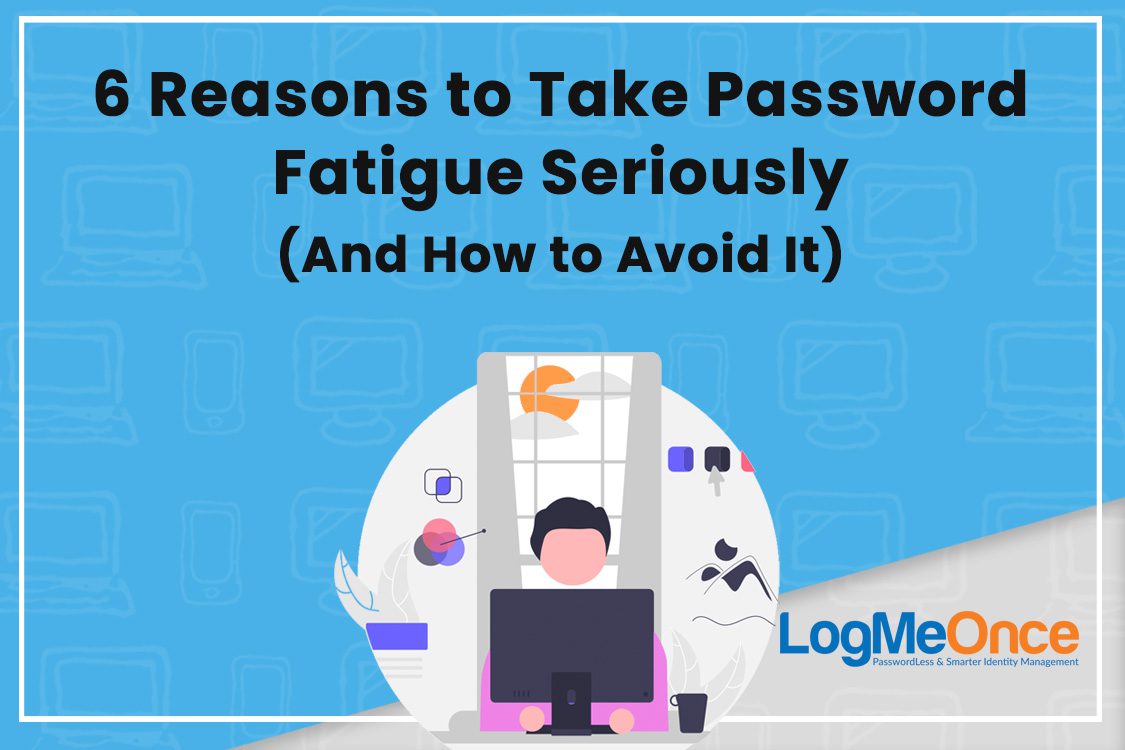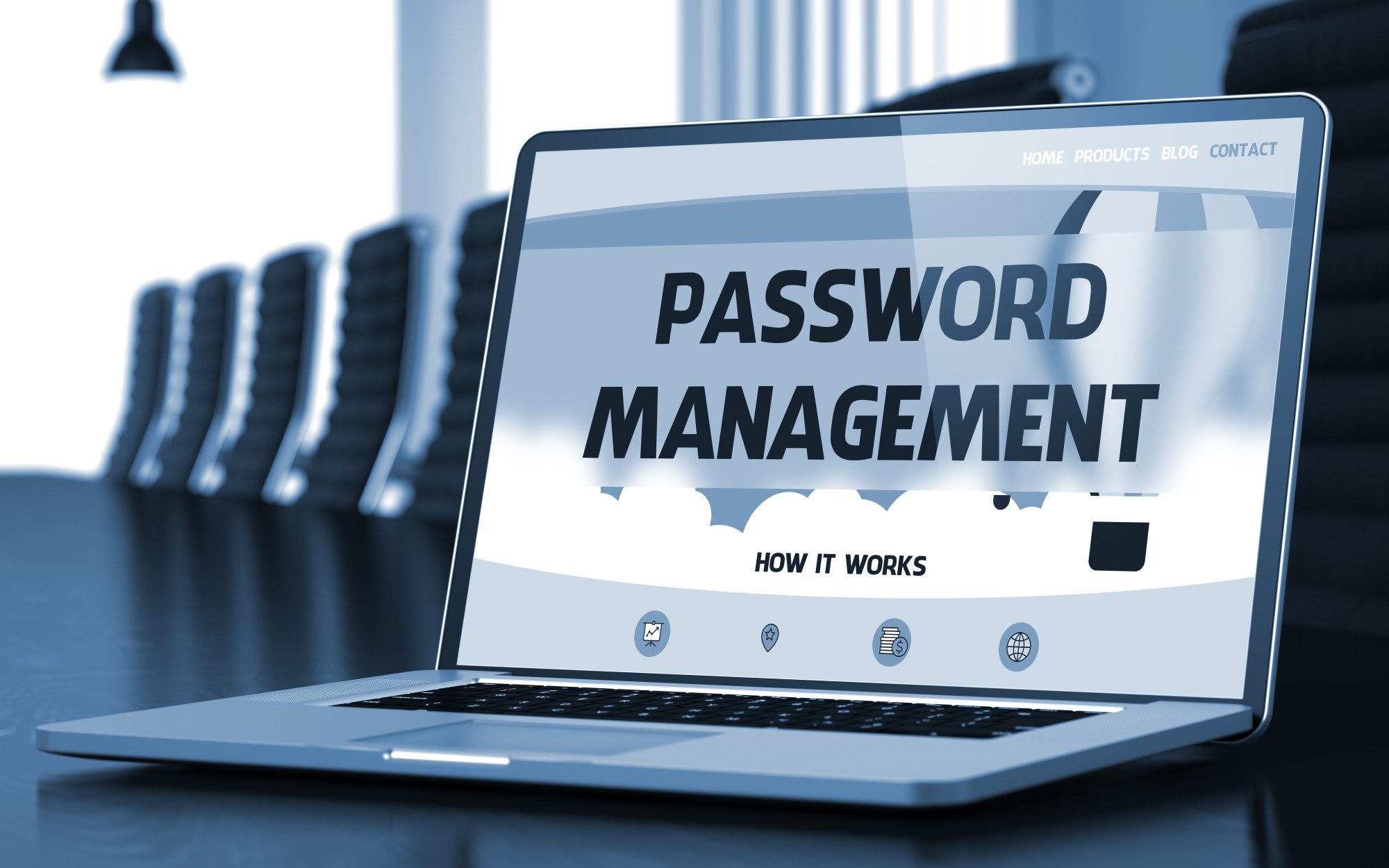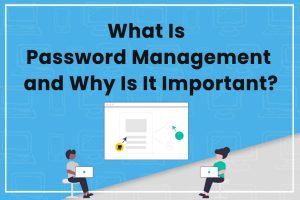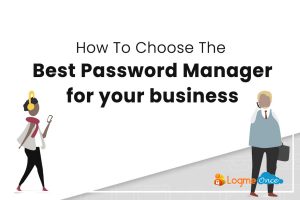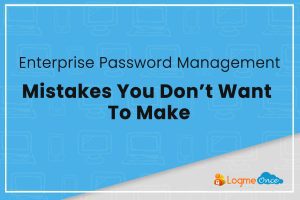Password fatigue is a phenomenon that can lead to some pretty costly decisions. We're about to get into the particulars of what it is, why it matters, and how to avoid it.
Before we do, however, it's important to understand how big of a problem it is. About two-thirds of the
Read More

How to Do Password Sharing the Safe Way
Gone are the days when password sharing was something that could endanger your private, personal, and professional data. In the digital age of the internet, we’re increasingly required to share our passwords and usernames with various businesses, websites, search engines, and internet users. There are secure and safe ways to share passwords, as long as you know what to do and how to do it. We will share some of the password sharing scenarios where this is nothing more than a perfectly acceptable practice. Read on to find out how to share your passwords without exposing yourself to any unnecessary risks. Common Password Sharing Scenarios There are three most common password sharing scenarios: Sharing passwords with your family – it’s common to share accounts with your family to more effectively take care of your household. This is a scenario where a password holder decides who will be an authorized person with online access. The same goes for those who store family documents in an online storage space or share entertainment accounts. Sharing passwords with employees – there are various business situations where employees are required to practice password sharing. The best example is the use of one account login for more than one employee. In such cases, password sharing is the best way to grant online access to multiple users. Emergency password sharing – accidents tend to happen when you expect them the least, and when they happen, it’s best to have options to find your way out. With all this in mind, let’s see how you can share your passwords in the safest manner possible. Password Managers The best way to share and manage all your passwords is to use a password manager. Even though their name suggests everything you need to know, there is still a large number of internet users who are utterly oblivious to how beneficial password managers can be to them. This is because they don’t know how these safety and security tools work. Password managers are security tools you can either use for free or for a fee. You install theese on your device, set your passwords and usernames for logging into the program, and safely store all other data. Once you’ve done with all that, your password will be the only one you’ll need to remember. To install a password manager, you’ll need a plugin for your browser. This allows you to store your passwords to log into websites automatically. When it comes to password sharing, these tools include a feature that allows you to share your password and username with others safely. You can revoke password access anytime you want. Dropbox Using a cloud-based storage service like Google Drive or Dropbox is also an excellent password sharing technique. This is the most common practice among businesses that store passwords in shared files on cloud-based storage services to retrieve them with other team members easily. This is an excellent solution to increase the safety of your password sharing. Create a fluid system by using either Dropbox Pro for individuals or Dropbox for Businesses for organizations. You can secure valuable and sensitive data with the Dropbox API. Use a tool that integrates with Dropbox to automatically sync all your data and use it on any internet-enabled device. Dropbox allows you to send data via password-protected and time-sensitive shared links. You can grant access and additional permissions, and also control who can access shared folders and links. Dropbox is one of the best ways to support application-level controls, network configuration, and secure data transfer across a safe and scalable business infrastructure. It’s an additional security layer, so it’s recommended that you fully encrypt hard disks on local devices. Real-Time Password Sharing There will be situations where you’ll be required to give your password to someone right away. Without effective and proper password sharing, you won’t be able to do that, which will result in suffering the consequences. To avoid this risk, you should consider a way that allows you to share your passwords and usernames in real-time. The trick to do this safely is to make your data unusable for hackers and other unwanted third-parties. Don’t send an email with your password information, username, and account name. Instead, divide your data into separate sections and use different data-sharing tools to deliver your data to the wanted destination. Send your password as a text message and your username via email. You can also split your data into messages and use different communication channels to deliver them. By removing any context behind your actions, you make it difficult for hackers to intercept your data and use it for their purposes. Send Passwords Safely Here are a couple of tips more on how to safely send your passwords: Use verbally communicate your passwords. Use encrypted emails to send passwords. Use a password vault file to send passwords; it allows you to safely store notes, addresses, passwords, and usernames in a single file. Conclusion Protecting your personal and professional information has never been more critical than it is today. Hence the reason more to consider password sharing in the safest manner possible. The more your data is protected, the easier it is to foster a healthy business relationship and avoid risks that might endanger your wellbeing. Take some time to consider the best course of action when it comes to password sharing. Think about whether you need to do it or not. It’s good to know there are safe options out there in case you need them.










